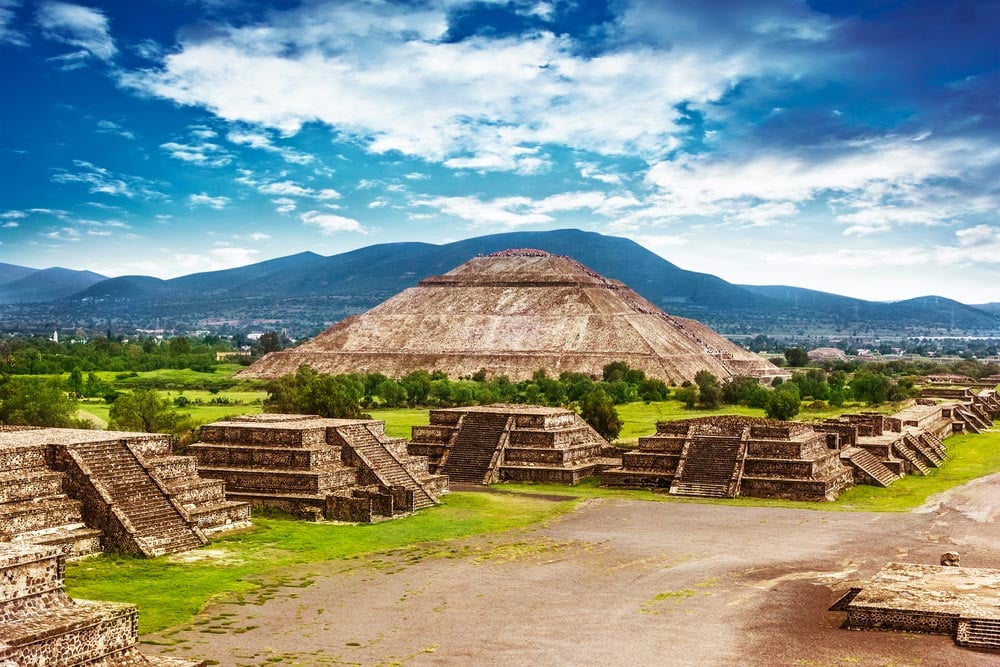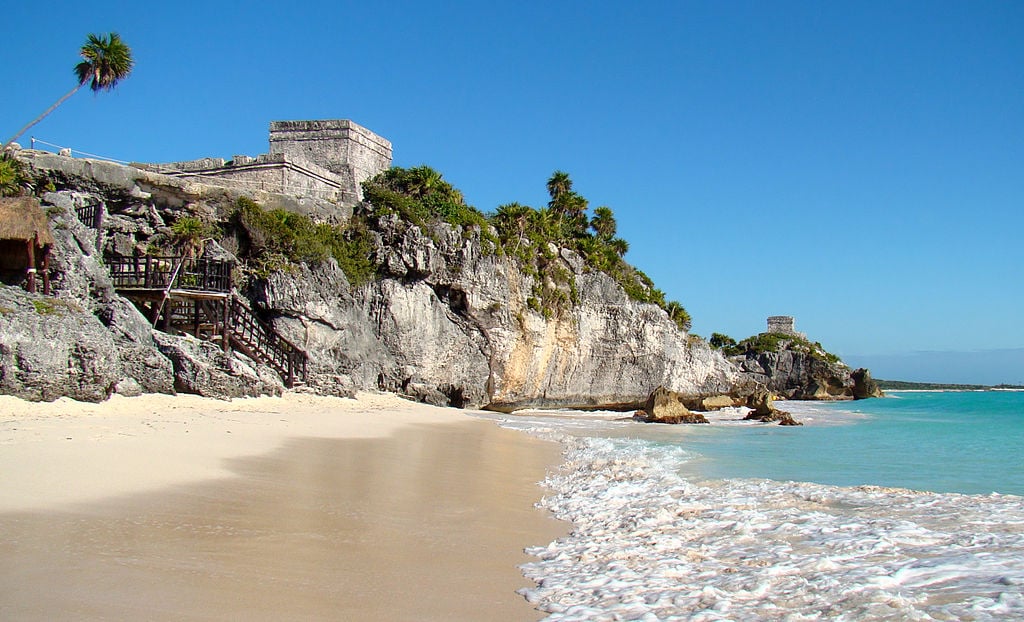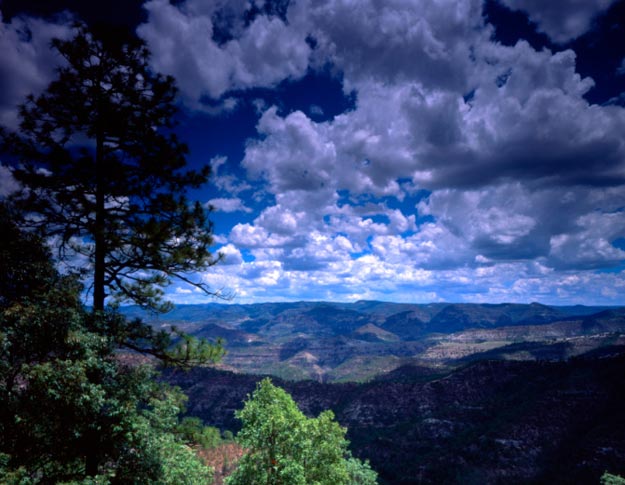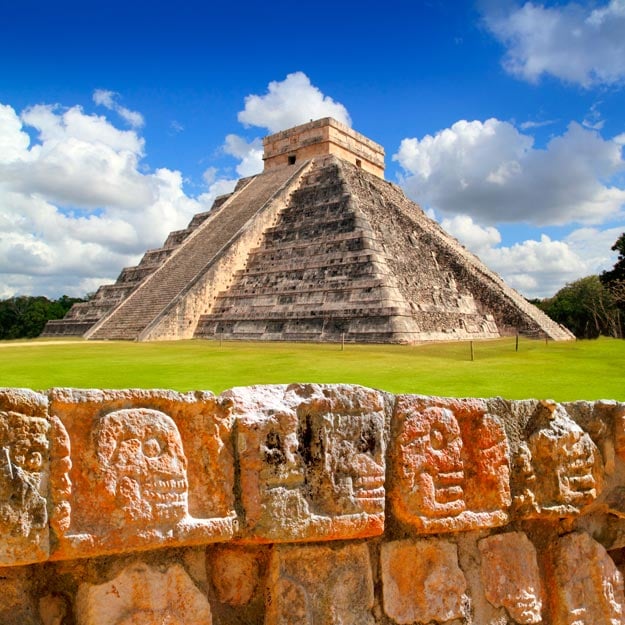Once a city of potentially 125,000 people, Teotihuacan was one of the largest cities worldwide during its time. Teotihuacan is an archaeological site from a major Mesoamerican civilization, so influential that the Aztec pyramids were probably based on the ones at this site. The city’s origins date back to around 100 BC, with major growth over the next 150 years. The Mesoamerican Classic civilization that once covered the entire region peaked between 300 AD and 600 AD, with the largest area and population in the entire Western Hemisphere at that time. Teotihuacan was possibly invaded or faced internal strife, and was abandoned around the 7th or 8th century AD, and was lost under layers of dirt for many years. Today, Teotihuacan is the oldest archaeological site in Mexico.
Teotihuacan was built as a religious center and home to several cultures, probably the Mayas, Mixtec, and Zapotec people. Along the Avenue of the Dead (the main road that runs through the town) are monuments and religious sites of worship, like the Pyramids of the Sun and the Moon, the Temple of Quetzalcoatl, Palaces of Quetzalmariposa. The site is known for its artifacts of Mesoamerican culture, and their art, which is considered the most developed for its time in the region.
The architecture of the Teotihuacan site features geometric designs, characteristic of a culture that followed closely the movements of the sun and moon, basing the arrangements of their sites on astronomy. The architects of the Pyramid of the Sun and other pyramids and temples looked to the stars and the sky for guidance when building.
The art, which includes sculptures and murals painted on the wall, is surprisingly well preserved for its age, and provides much insight into the world of Teotihuacan. Historians are able to piece together much information about the religious beliefs of the people. The culture’s characteristic orange pottery can be found in the far reaches of the continent, telling archaeologists just how large this civilization once was.
Excavations at Teotihuacan have revealed multifamily housing complexes, which provided high-density housing for the large population. They also uncovered decapitated bodies of people and animals, suggesting sacrifices to the gods and some brutality along with the sophistication of the culture’s art and architecture.
Teotihuacan Map
Facts about Teotihuacan
- Teotihuacan was first excavated in 1884, but today, only 5 percent of the ruins have been excavated.
- The structures were restored from 1905-1910.
- At its height, the Teotihuacan civilization covered 36 square kilometers
Where is Teotihuacan?
The city of Teotihuacan is situated less than 50 kilometers (30 miles) northeast of Mexico City in Mexico. The site is accessible via car, which can be fairly quick along the toll road, and a bit longer along the freeway. Buses transport visitors to Teotihuacan frequently from Mexico City, and many take visitors right up to the pyramids. Tour buses are also readily available for day trips to the archaeological site, and others nearby.
Best time to visit Teotihuacan
Teotihuacan gets very hot in the summer, and as an outside attraction, this can be problematic. It is recommended to bring plenty of water and wear sun protection, including hats. The heat and the terrain can be rugged, so plan accordingly.
Most visitors head to the park in the middle of the day, so the best time of day to visit would be when the park first opens around 8 am or in the afternoon. There are frequent rain showers in the late afternoon during late summer. Sundays are free for Mexican nationals, so others should plan to visit on another, less crowded day.
To enter the park, visitors must pay a fee of about 50 pesos.
More on Teotihuacan
Nearby Attractions: Mexico City, Guadalajara, Oaxaca, Acapulco




